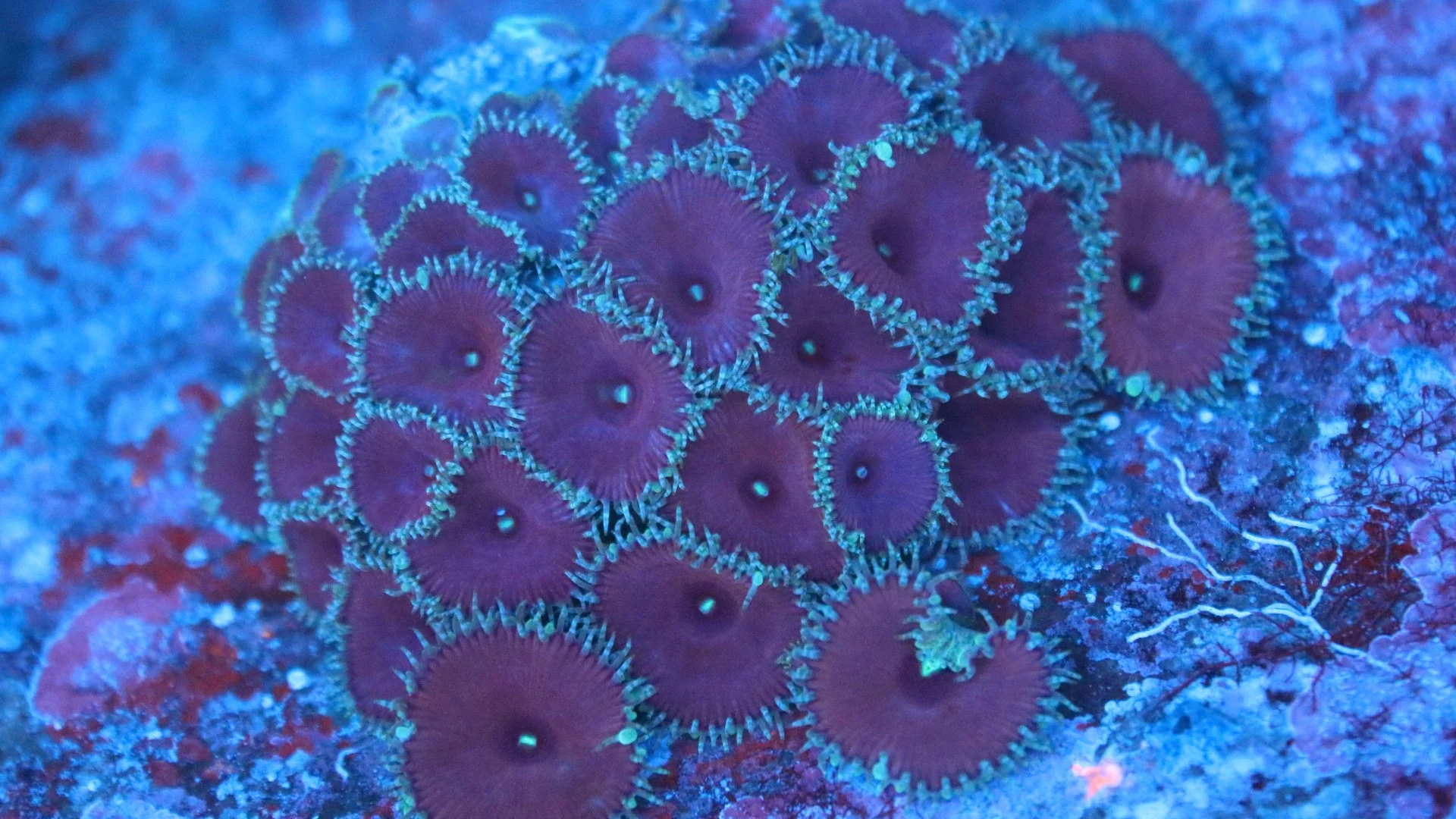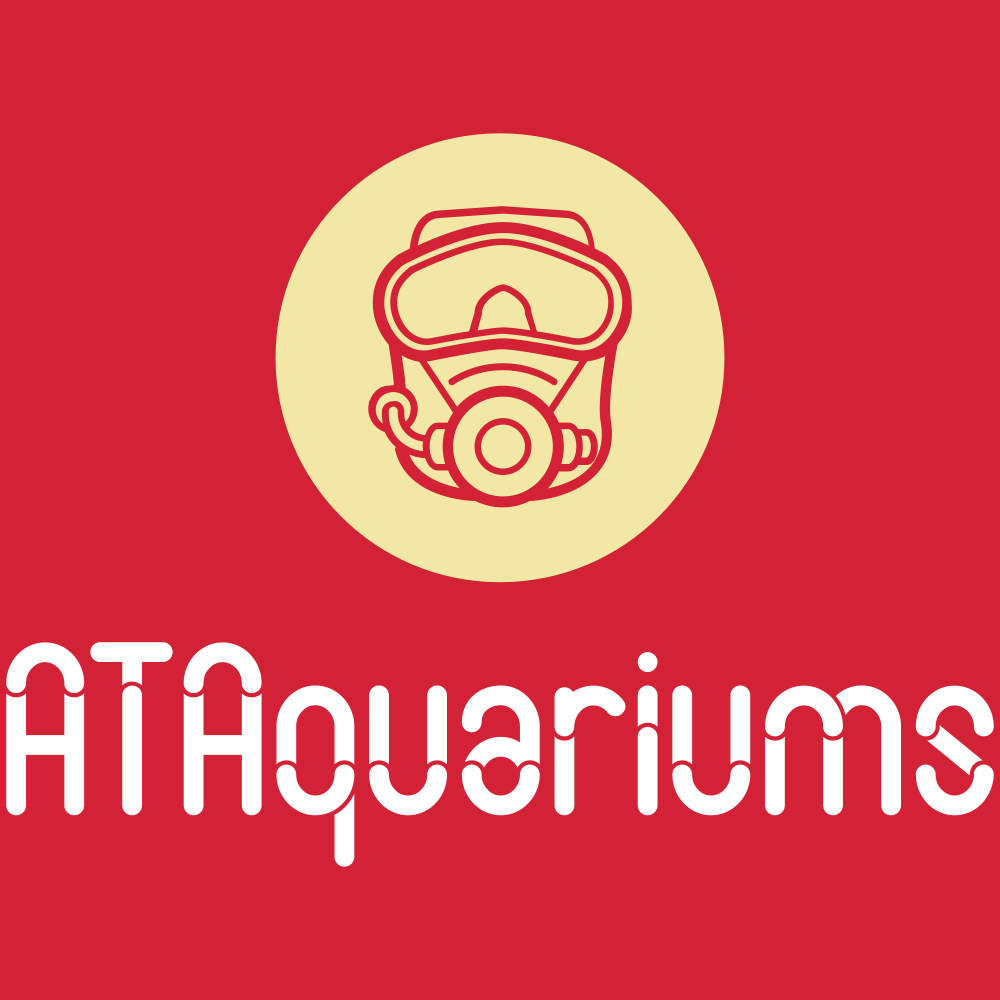 Image 1 of 1
Image 1 of 1


Purple Death Palythoa
The Purple Death Palythoa (Palythoa sp.) is a highly popular, aquacultured strain of colonial soft coral in the reef aquarium hobby, celebrated for its dramatic coloration and rapid growth that forms lush, encrusting mats, making it a beginner-friendly addition to mixed reefs despite its potent toxin.
Appearance
Structure: Grows as interconnected, low-profile polyps that form dense, creeping mats or carpets across rocks, with larger individual polyps (typically 0.5-1 cm in diameter) than most Zoanthids, creating a thicker, more uniform coverage that adds texture to rockwork.
Coloration: Features bold, deep purple bodies and skirts with a subtle steely blue rim or delicate edging for high contrast; under actinic or blue-enriched lighting, the purples fluoresce vividly, often with neon undertones that enhance the "deathly" allure.
Size and Growth: Frags usually contain 3+ polyps and measure ¾-1 inch; they exhibit explosive, aggressive growth via budding or fission, potentially overtaking large rock sections in weeks to months once acclimated.
Sold in 3-5 Polyps
The Purple Death Palythoa (Palythoa sp.) is a highly popular, aquacultured strain of colonial soft coral in the reef aquarium hobby, celebrated for its dramatic coloration and rapid growth that forms lush, encrusting mats, making it a beginner-friendly addition to mixed reefs despite its potent toxin.
Appearance
Structure: Grows as interconnected, low-profile polyps that form dense, creeping mats or carpets across rocks, with larger individual polyps (typically 0.5-1 cm in diameter) than most Zoanthids, creating a thicker, more uniform coverage that adds texture to rockwork.
Coloration: Features bold, deep purple bodies and skirts with a subtle steely blue rim or delicate edging for high contrast; under actinic or blue-enriched lighting, the purples fluoresce vividly, often with neon undertones that enhance the "deathly" allure.
Size and Growth: Frags usually contain 3+ polyps and measure ¾-1 inch; they exhibit explosive, aggressive growth via budding or fission, potentially overtaking large rock sections in weeks to months once acclimated.
Sold in 3-5 Polyps

